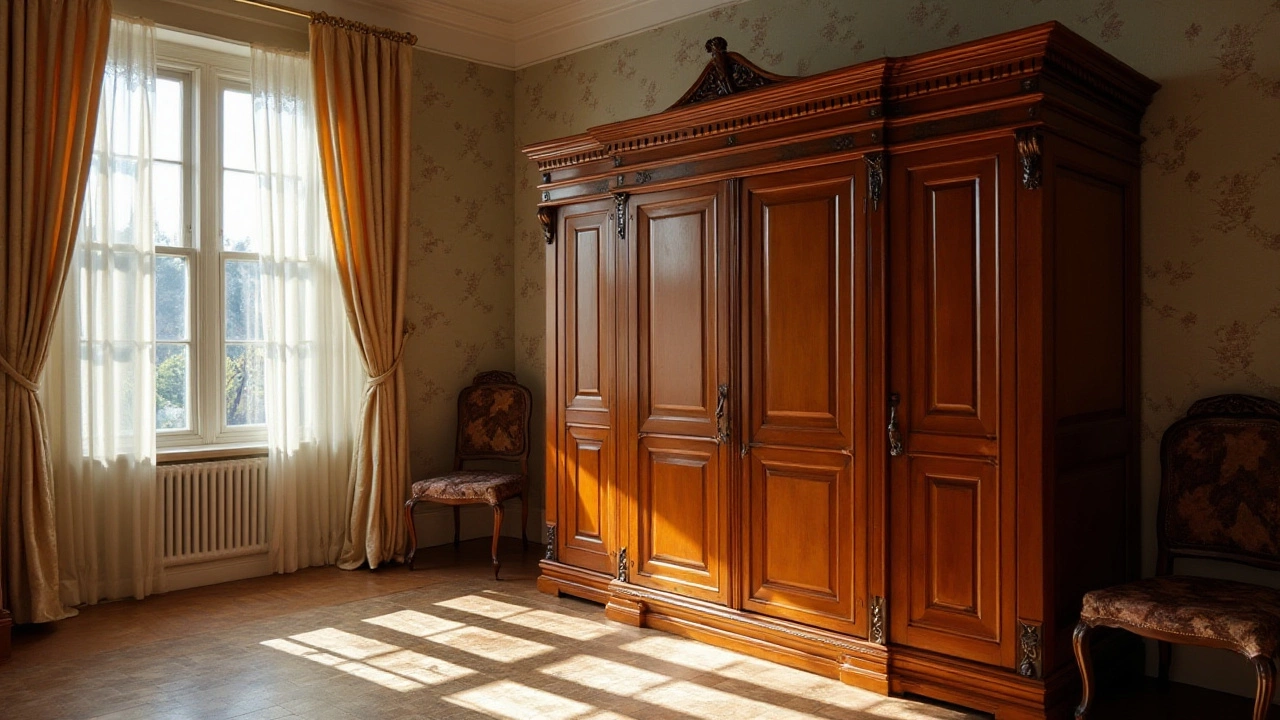Closets: Smart Storage Ideas for Every Home
Ever feel like your clothes, shoes, and accessories are taking over the room? A well‑planned closet can turn that chaos into calm. It’s not just a place to hang coats – it’s a hidden room that can boost your home’s look and make daily routines easier. Below you’ll find straight‑forward advice on picking the right closet, keeping it tidy, and choosing eco‑friendly materials.
Most people think a closet is only about size, but the real magic lies in how you use the space you have. Whether you live in a tiny studio or a spacious house, the right closet setup can free up floor space, hide clutter, and even add a touch of style. Think of it as an invisible organizer that works behind the scenes.
Choosing the Right Closet for Your Space
Start by measuring the area where you want the closet. A built‑in wardrobe fits snugly into a wall niche, while a freestanding wardrobe can be moved when you rearrange the room. If you’re short on width, consider a sliding‑door wardrobe – no more swinging doors that hit furniture. For deeper rooms, a double‑door design gives you plenty of hanging space and shelves.
Materials matter too. Bamboo is a great choice because it’s strong, lightweight, and sustainable. It resists humidity, which is perfect for places like bathrooms or basements. If you prefer a modern look, glass doors add a sleek vibe, but they need regular cleaning. Acrylic doors are a cheaper alternative that still looks bright, though they can yellow over time if exposed to sunlight.
Don’t forget the interior layout. Adjustable shelves let you swap out sections as your storage needs change. Pull‑out drawers are handy for folded sweaters or accessories, while a built‑in shoe rack keeps footwear organized and easy to grab. If you have a lot of hanging clothes, add a double‑rod system – one high for long coats, one low for shirts.
Organizing Your Closet for Maximum Efficiency
Once your closet is in place, the real work begins: organization. Start by emptying everything out and sorting items into keep, donate, and store piles. Only put back what you actually wear. Use uniform hangers to keep clothes at the same height – they look neat and make it easier to spot which pieces you own.
Colour‑code your wardrobe if you like visual order. Group tops, bottoms, and dresses by colour, then by season. Seasonal rotation keeps your most‑used items at eye level and stores out‑of‑season pieces in the upper or lower shelves. Add clear bins for accessories like scarves, belts, or small bags – you’ll see everything without digging.
Lighting can make a big difference. LED strips inside the closet brighten every corner and help you find items quickly. If you have a walk‑in, a small mirror on the inside door lets you try on outfits without stepping out.
Finally, maintain the system by doing a quick tidy‑up each week. A few minutes of straightening keeps the clutter from building up and makes your closet feel fresh.
At Bamboo Tiger Furniture Store we offer a range of closet solutions that blend style with sustainability. Our bamboo wardrobes are handcrafted, customizable, and built to last. Whether you need a compact sliding wardrobe for a city flat or a large walk‑in for a family home, we have options that match your taste and budget. Ready to transform your clutter into calm? Browse our closet collection and start planning your perfect storage space today.
Wardrobes vs. Closets: Understanding the Distinction
The line between wardrobes and closets often blurs, yet each serves distinct roles in managing our attire and belongings. This article delves into the differences, shedding light on their unique features and functionality. Readers will learn how wardrobes can be a practical, stylish solution in rooms without integrated closets and how closets serve as essential fixtures in modern homes. Offering a touch of history and practical advice, the discussion aims to enhance understanding and utility of these crucial elements in home organization.
View more